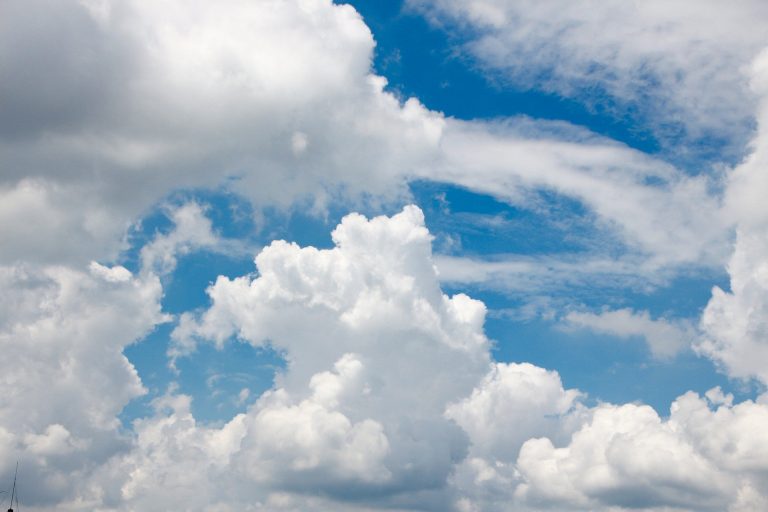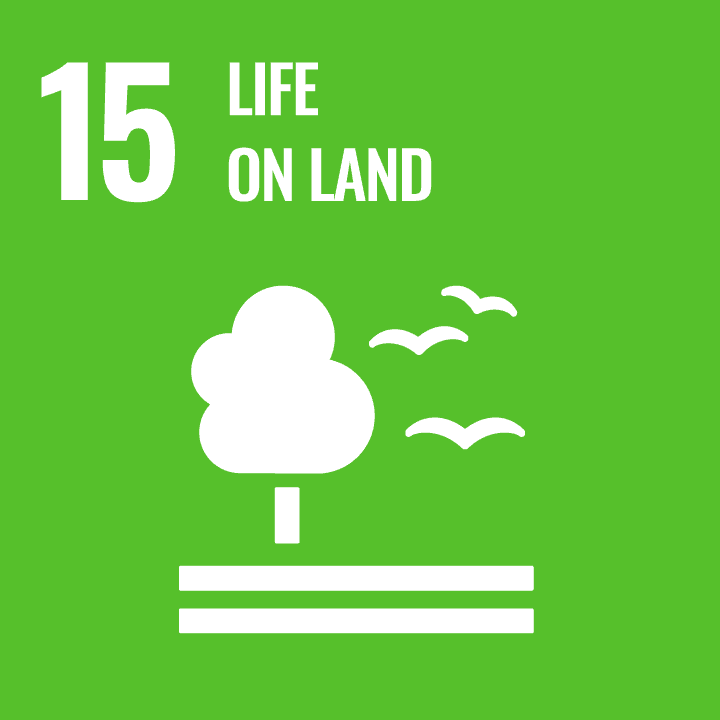Blue Sky
 Photo: © Image by Mint_Foto from Pixabay
Photo: © Image by Mint_Foto from Pixabay - Resource Type
- Experiment
- Subjects
- Earth Science
- Topics
- Scientific Inquiry
- Time for activity
- 45 minutes
The sun produces white light, which is made up of light of all colors: red, orange, yellow, green, blue, and violet. Light is a wave, and each of these colors corresponds to a diff erent frequency and therefore a diff erent wavelength of light. The colors in the rainbow spectrum are arranged according to their frequencies: Violet and blue light have higher frequencies than yellow, orange, and red light.
- Introduction
-
The sun produces white light, which is made up of light of all colors: red, orange, yellow, green, blue, and violet. Light is a wave, and each of these colors corresponds to a diff erent frequency and therefore a diff erent wavelength of light. The colors in the rainbow spectrum are arranged according to their frequencies: Violet and blue light have higher frequencies than yellow, orange, and red light.
When the white light from the sun shines through the earth’s atmosphere, it collides with gas molecules. These molecules scatter the light. The shorter the wavelength of the light, the more it is scattered by the atmosphere. Because its wavelength is so much shorter, blue light is scattered approximately ten times more than red light.
In addition, the frequency of blue light, compared to red light, is closer to the resonant frequency of the atoms and molecules that make up the air. That is, if the electrons bound to molecules in the air are pushed, they will oscillate with a natural frequency that is even higher than the frequency of blue light. Blue light pushes on the electrons with a frequency that is close to their natural resonant frequency, which causes the blue light to be re-radiated out in all directions in a process called scattering. The red light that is not scattered continues on in its original direction. When you look up in the sky, the scattered blue light is the light that you see.
- Key Objectives
-
- When sunlight travels through the atmosphere, blue light scatters more than the other colors, leaving a dominant yellow-orange hue to the transmitted light. The scattered light makes the sky blue; the transmitted light ultimately makes the sunset reddish orange.
- Guiding Questions
-
- Why is the sky blue?
- Why is the sunset is red?

/rating_on.png)
/rating_half.png) (7 )
(7 )



